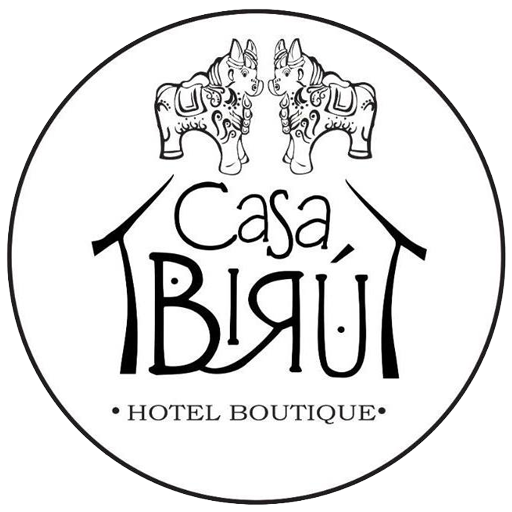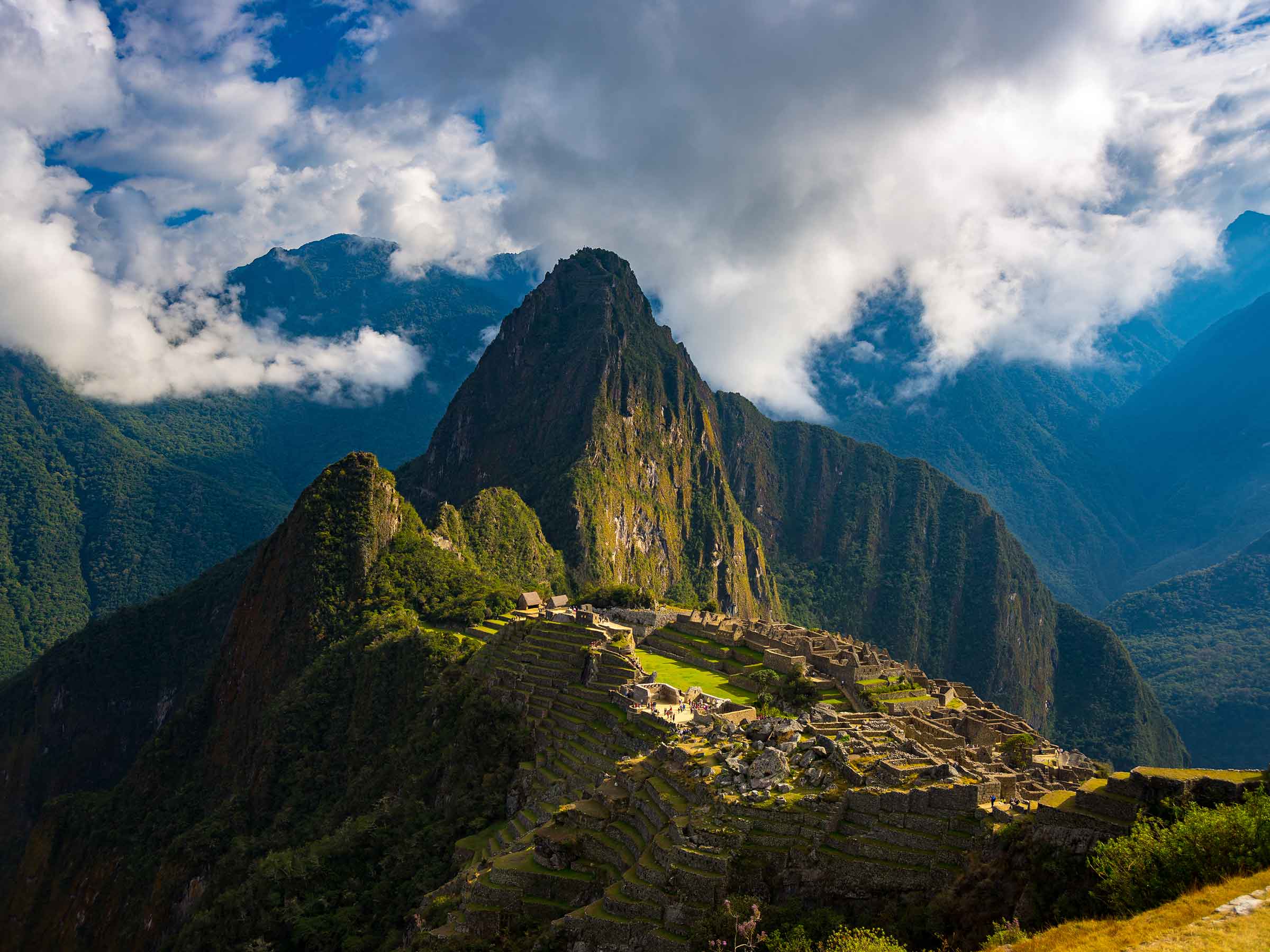Visiting the ancient Inca city of Machu Picchu is an awe-inspiring experience, a true highlight for anyone traveling to Peru. To preserve this UNESCO World Heritage site and ensure a smooth experience for all, Peruvian authorities have implemented a set of regulations. Understanding these Machu Picchu visitor restrictions is key to making your trip enjoyable and respectful.
Ticket and Entry Requirements
Entry to Machu Picchu is highly regulated to manage visitor flow and protect the ruins.
- Advance Booking is Essential: You cannot buy tickets at the entrance to Machu Picchu. All tickets must be purchased in advance, either online through the official Peruvian Ministry of Culture website (tuboleto.cultura.pe) or via an authorized tour operator.
- Timed Entry: Your ticket will specify a fixed entry time. You usually have a 60-minute window from your ticket’s start time to enter the site. While there might be some flexibility depending on the circuit, adherence is generally strict.
- Passport Match: Your passport (or valid ID used for purchase) must match the name on your ticket. Carry the original document; a copy usually isn’t sufficient for entry.
- Single Entry: Your ticket grants you one single entry to the citadel. You cannot exit and re-enter with the same ticket. If your itinerary involves a hike (like Huayna Picchu or Machu Picchu Mountain), it will be integrated into a specific circuit that dictates your movement.
- Circuits: Machu Picchu has designated circuits (routes) that visitors must follow to ensure an orderly flow and protect the ruins. Once you choose a circuit, you must adhere to it. Signs and park rangers will guide you.
- Guide Requirement: As of 2025, it is generally required to enter Machu Picchu with a certified official tour guide for your first visit. You can pre-book a guide or find one at the entrance. Guides help ensure visitors follow the rules and provide valuable historical context. If you wish to re-enter on a subsequent visit (with a new ticket), a guide might not be strictly mandatory if you can show proof of a previous guided tour.
Prohibited Items and Bag Policy
To maintain the site’s cleanliness, safety, and preservation, certain items are not allowed inside Machu Picchu.
- Bag Size Limits: You can only bring small backpacks, bags, or purses no larger than 40x35x20 cm (approximately 16x14x8 inches). Larger bags must be stored in lockers outside the main entrance for a fee.
- No Food or Kitchenware: No outside food or kitchenware (plates, cutlery, thermoses, etc.) is allowed. You can bring a personal reusable water bottle.
- No Umbrellas or Walking Sticks (without rubber tips): Umbrellas are prohibited. Walking sticks or trekking poles are only allowed for elderly or disabled visitors and must have a rubber tip to prevent damage to the stones.
- No Professional Photography Gear: Tripods, monopods, selfie sticks, drones, and other stabilization/extension accessories for cameras or phones are strictly prohibited without a special permit. Professional photography or filming for commercial purposes requires prior authorization.
- No Musical Instruments, Megaphones, or Speakers: Any items that can create loud or disturbing noises are forbidden to maintain the sacred tranquility of the site.
- No Illegal Substances or Alcohol: Entry is denied to anyone under the influence of alcohol or illegal substances, or carrying them.
- No Weapons or Sharp Objects: Firearms or sharp-pointed objects are strictly prohibited.
- No Large Banners, Posters, or Costumes: Items for advertising, political, or celebratory purposes are not allowed.
- No Strollers: Baby strollers are not permitted. Backpack-style baby carriers are usually allowed.
- No Hard-Sole Shoes or Heels: To protect the ancient stones and ensure visitor safety on uneven terrain, footwear with hard soles or heels is prohibited.
Prohibited Conduct
Visitors are expected to show respect for the archaeological site and its natural environment.
- Stay on Designated Paths: Do not stray from the marked circuits or climb on walls, structures, or terraces. Touching the stones is also prohibited.
- No Littering: Dispose of all waste properly in designated bins outside the site.
- No Disruptive Behavior: This includes yelling, whistling, clapping, singing loudly, undressing, running, jumping, or performing any acts that disrupt the sacred nature of the monument.
- No Smoking or Vaping: Smoking or using e-cigarettes is strictly forbidden to prevent fires and maintain air quality.
- No Disturbing Flora or Fauna: Do not feed, disturb, collect, or remove any animals or plants within the site.
- No Graffiti: Any defacement or alteration of the ruins is strictly prohibited and constitutes a crime against cultural heritage.
Time Limits Within the Citadel
The maximum duration of your visit depends on the type of ticket you purchase.
- Standard Citadel Ticket: Typically allows for a maximum of 4 hours of exploration within the main archaeological site.
- Citadel + Mountain Hikes (Huayna Picchu or Machu Picchu Mountain): These tickets grant extended time, usually 6-7 hours for Huayna Picchu and up to 8 hours for Machu Picchu Mountain, to allow for the hike in addition to touring the citadel.
Park rangers monitor visitors and enforce time limits. If you exceed your allotted time without a valid reason, you may be asked to leave.
By understanding and adhering to these Machu Picchu visitor restrictions, you contribute to the conservation of this incredible historical site for future generations. Respecting these rules also ensures a safer and more enjoyable experience for everyone.
Do you have any other questions about planning your visit to Machu Picchu?










